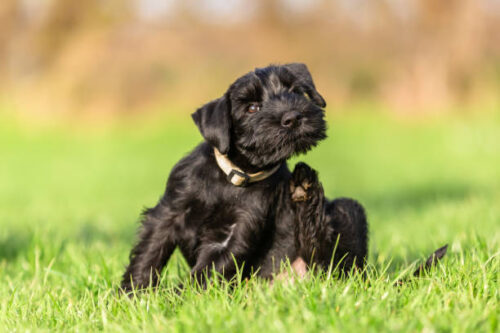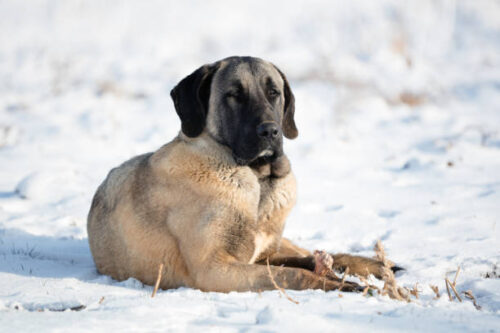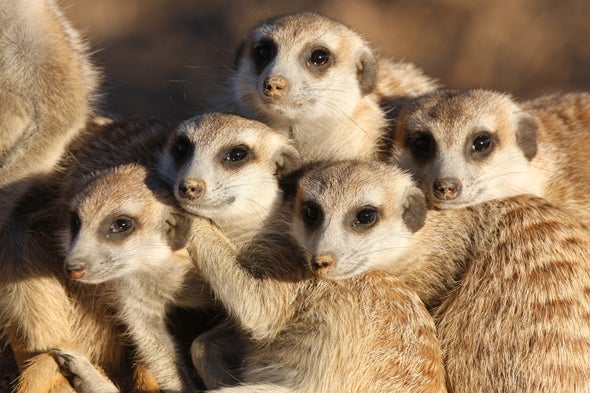Greater Swiss Mountain Dog
INTRODUCTION
Greater Swiss Mountain Dogs are Faithful, Family-Oriented and Dependable dogs they are from Working group. According to the AKC Breed Popularity they rank # 78. This breed is great as a herder dog they are strong, muscular and reliable companions. These dogs are big yet agile enough to control a flock and also is a great farm or house pet. Greater Swiss Mountain Dogs are Purebred and non-allergic.
- AVG. READING TIME: 5 MINUTES
- UPDATE: 23/03/2020
HABITAT : Mountains, highlands, scree slopes, Urban areas, including buildings, parks, and gardens
TEMPERAMENT : Self-confidence, Devoted, Fearless, Good-natured, Alert, Protective
HYPOALLERGENIC : No
BREED GROUP / TYPE : Group: Working. Type: Purebred
SOCIAL UNIT : Family
LOCATIONS : Switzerland
STATUS / POPULATION : DATA DEFICIENT (IUCN) Not a threat category, Population, and distribution data is insufficient for assessment
MAMMALS: DOGS AND RELATIVES – CANIDAE
KEY FACTS
SCIENTIFIC CLASSIFICATION
Kingdom – Animalia
Phylum – Chordate
Class – Mammals
Order – Carnivora
Family – Canidae
Genus – Canis
Genus Species – Canis lupus
INTERESTING FACTS
1- Greater Swiss Mountain Dogs Were All-Purpose Farm Dogs
2- They Tend to be Fantastic Family Companions
-
CALLING NAMES / SCIENTIFIC NAME
Calling names: Greater Swiss Mountain Dog
Scientific name: Canis lupus -
COLOUR VARIATIONS
Tri-color (black with rust and white markings)
-
COAT TYPE
Double coat
-
LIFE SPAN
10 - 11 years
-
APPROXIMATE SIZE : LENGTH / HEIGHT
Length: 89 - 104cm (35 - 41in)
Height: 76 - 91cm (30 - 36in) -
TAIL
The bushy tail is carried low when in repose; an upward swirl is allowed when the dog is alert or moving, but the tail is never curled over the back. The tail bones are straight and reach to or below the hock joints
-
WEIGHT
Male: 60 - 70 kg
Female: 50 - 60 kg -
BREEDING SEASON
Throughout the year
-
REPRODUCTION / GESTATION PERIOD
Reproduction: One or two times a year
Gestation period: 63 days -
LITTER SIZE
Up to 18 pups
-
LOOK A LIKE
Entlebucher Mountain Dog
-
FARM ANIMAL
No
-
FOUNDED IN / DISCOVERED
In 1909
-
ORIGIN
Switzerland
-
DISTRIBUTION
Nationwide
-
OCCURRENCE
Families:
Species: -
FUEL FOR LIFE / TROPHIC LEVEL
Omnivores
-
TO HUMANS
They need extensive exposure to friendly people so they learn to recognize the normal behaviors of "good guys." Then they can recognize the difference when someone acts abnormally. Without early careful socialization, they may be suspicious of everyone, which could lead to aggression or shyness
-
AS A PET
Recommended
-
KIDS FAVOURITE
Yes





